Two months wasn’t enough time.
Only in this past week, the seventh of my eight, have I been feeling confident with my Spanish and with my relationships in the community. Just now, at the end of it all, I am seeing in myself the first signs of competence. Finally, I ask questions with the right pitch in my voice. Finally, I can talk trash at the basketball court. Finally, I am in on the jokes. Finally, I can tell people about my family. Finally, I can get through a story without pausing and reaching for the dictionary. Finally, I can not only ask but convince a girl to dance bachata with me. Finally, i can make a self-deprecating comment when I lose the beat. Finally, I can ask questions in Spanish about Spanish. Finally, I’ve stopped using my designation as “foreigner” as an excuse for confusion or bad manners. Finally, I started sharing everything: food, photos, books, rum. Finally, my host father talks to me about the old days. Finally, I don’t feel so exhausted from the constant discomfort, the constant straining to catch a familiar word. Finally, I can act like myself, with most of the bells and whistles that come with the American English version of me.
And yet I have to say goodbye in five days. To the people who helped me adjust. To the people who helped me learn to like adjusting. They just barely caught a glimpse of the fruits of their work. A glimpse of the day when the white guy hanging out at the corner store stopped being a nuisance and started becoming a participant, a co-conspirator. They were only able to see the inflection point. I am already thinking about how much further I could go from here. No just how much more I could help, but how much more I could join in. All of this is to say that I feel like I’ve reached an important checkpoint. I’m one the guys who plays basketball every day at 4 pm. I’m one of the guys who plays dominos outside Colmado Vitó. I’m one of the guys who goes to the farms three times a week. And all this counts for something here, believe it or not. Membership in groups is like cultural capital here. To use a fittingly Dominican metaphor, you have to be part of the team before you swing for the fences. Especially in a collective society like Rio Limpio, there is no service without camaraderie. No projects break ground unless you and your partners break bread.
But when I return to Washington and Lee University, I will be asked to justify my time here using metrics other than the kind I’ve tried to describe above. I will be asked to describe the projects I launched, the structures I built, the paperwork I completed. Something to show for myself. I knew this from the beginning and I made sure to have something ready when the time came to write necessary reports. What I didn’t know at the start was how insignificant this portion of the job would be. I’m almost positive that my legacy with the Río Limpians, however short-lived, will be a memory of a kind, curious, young American man. And this I think is an accomplishment in itself. Consider that the Peace Corps has three goals: to work with communities to develop problem-solving capacity, to share American culture with foreign people, and to share foreign culture with Americans. It looks like the “Washington and Lee deliverable” would only foot one-third of this bill. The most precarious third at that. What if the hiking maps I made get lost? What if the file gets deleted? What if my presentation on outdoor safety isn’t passed down to future guides? What if the regular basketball games stop happening because the ball pops? Of course the work component of my internship gave it the kind structure I am used to back home. But the success of my efforts is too contingent, too likely to fail, for me to stake all my hopes and cares on it. I’d rather frame this summer as an opportunity to represent my country and call another home. If only for a short while.
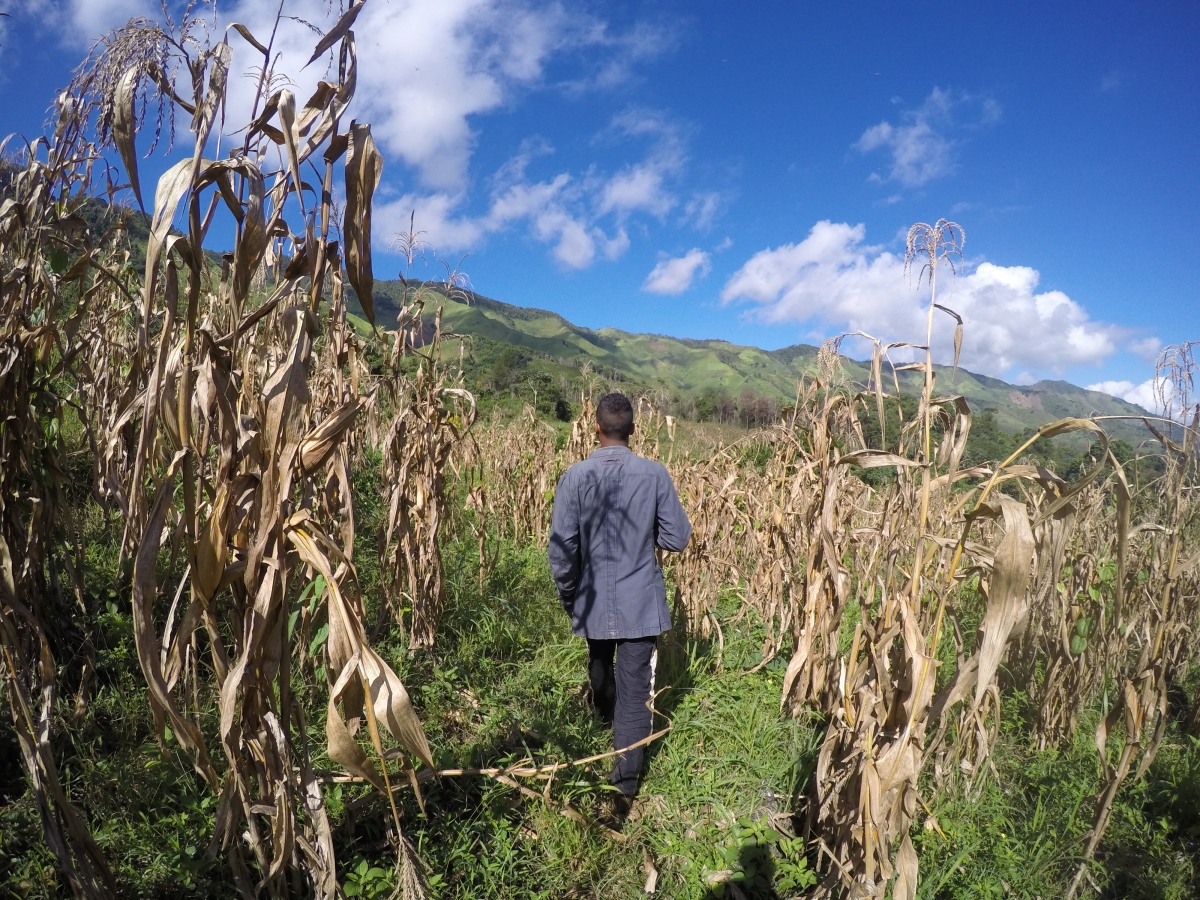
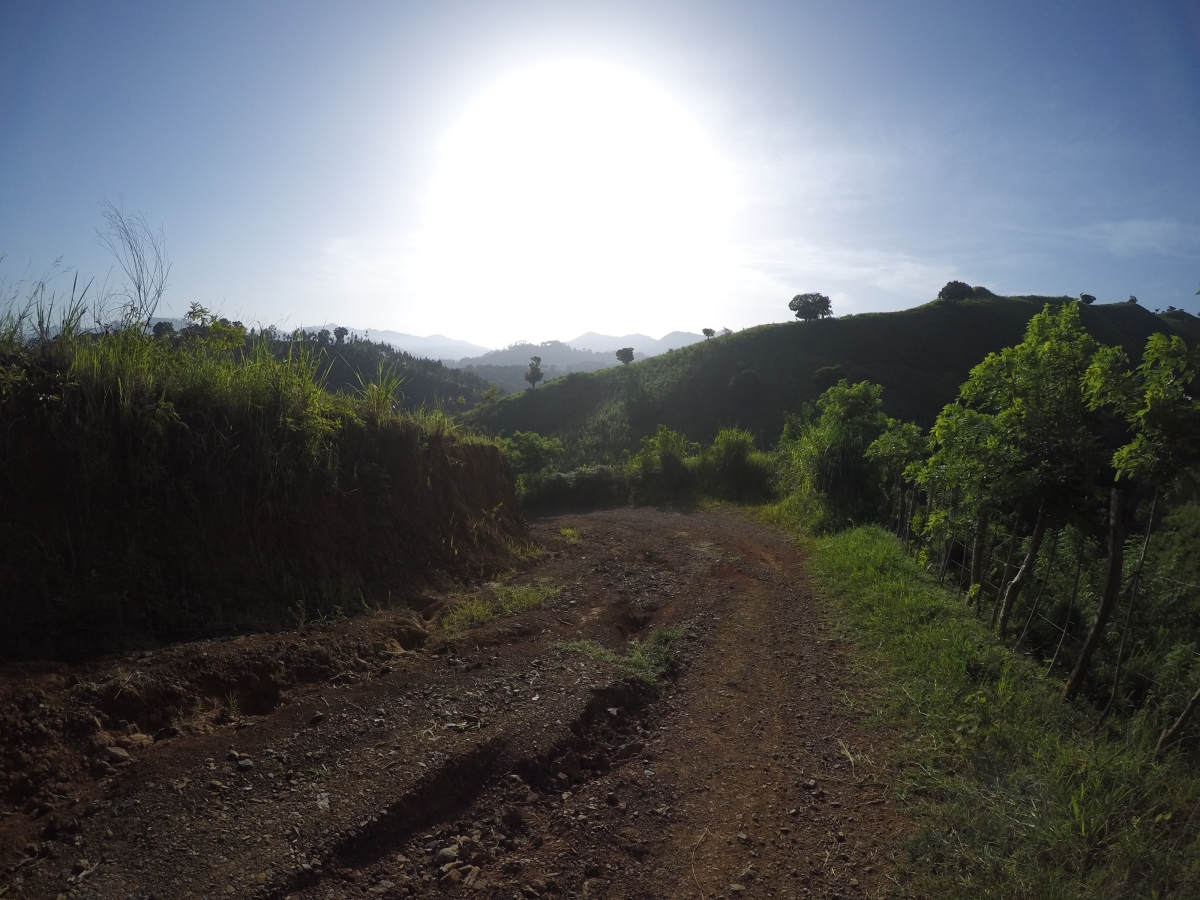
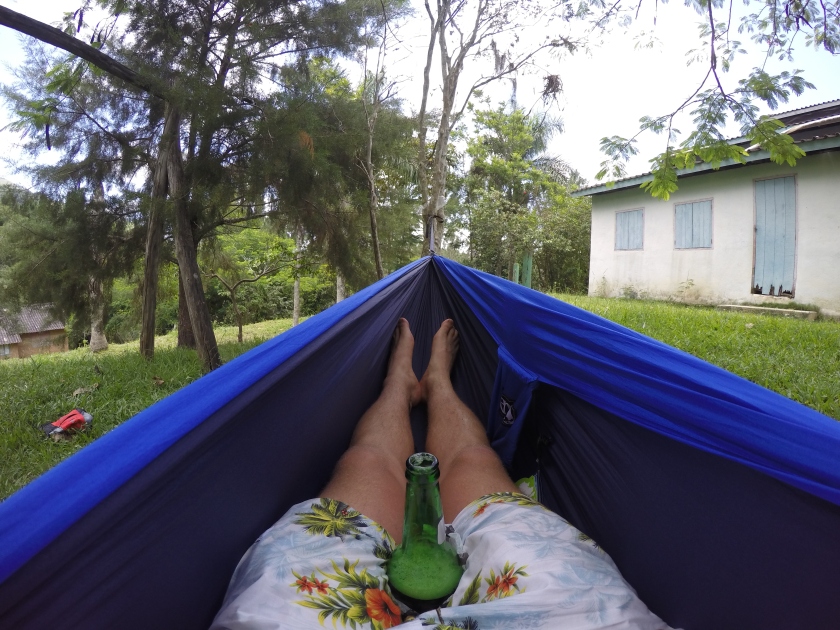

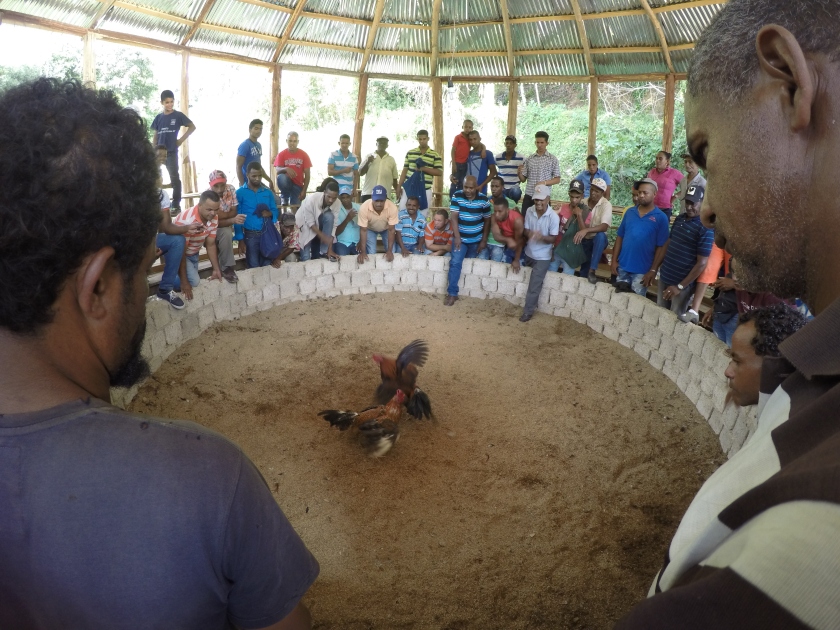
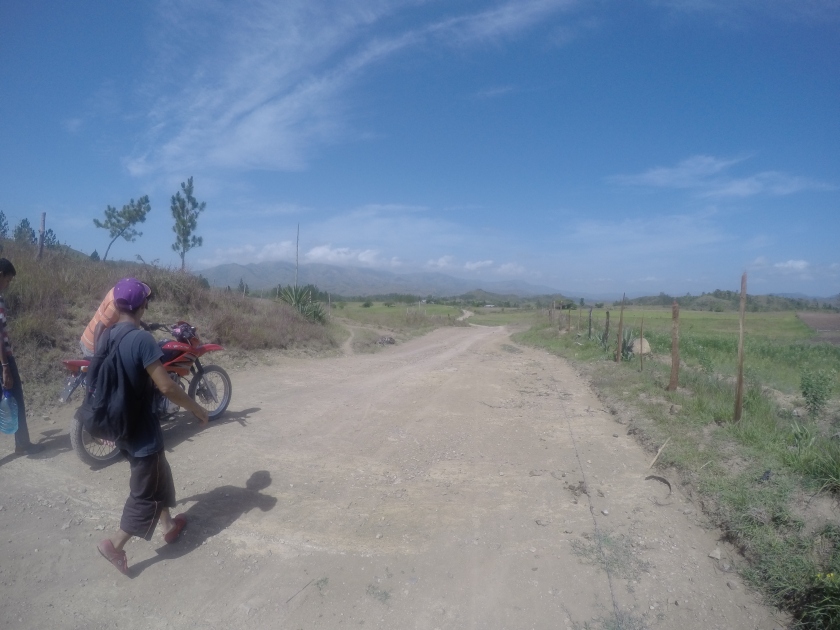
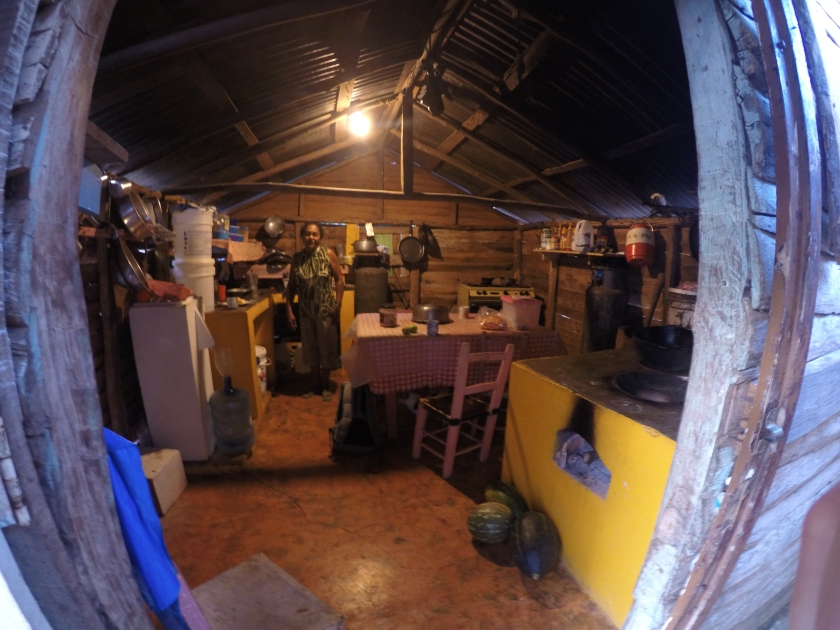
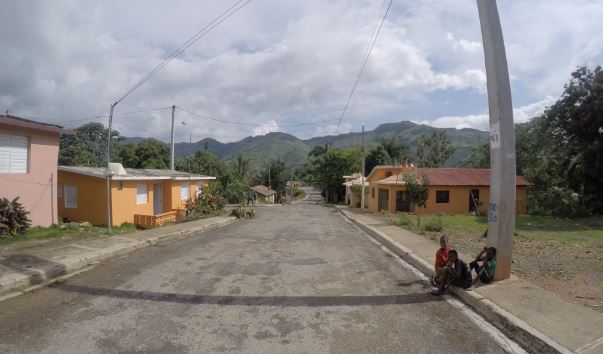
 gent!) The point of all this becomes more apparent when you find out that people in the DR actually call their language
gent!) The point of all this becomes more apparent when you find out that people in the DR actually call their language  answer —
answer —  visit the beach/the city/ a different countryside. To make any of that possible, I need to learn the systematic — and yet totally undocumented — schedules of the buses, vans,and trucks that take Dominicans from place to place everyday. Amenities on these vehicles range from complimentary WiFi to an extra handhold on the bed of the pickup. This place really is really a juxtaposition of developed and developing. so today, I rode and had all of the above, cruising from Río Limpio through nearby Loma de Cabrera to Dajabón. From Dajabón I rode to Santiago de Los Caballeros. Then, I took a different way back to Dajabón and called it a day. After checking out the aftermath of
visit the beach/the city/ a different countryside. To make any of that possible, I need to learn the systematic — and yet totally undocumented — schedules of the buses, vans,and trucks that take Dominicans from place to place everyday. Amenities on these vehicles range from complimentary WiFi to an extra handhold on the bed of the pickup. This place really is really a juxtaposition of developed and developing. so today, I rode and had all of the above, cruising from Río Limpio through nearby Loma de Cabrera to Dajabón. From Dajabón I rode to Santiago de Los Caballeros. Then, I took a different way back to Dajabón and called it a day. After checking out the aftermath of  the few roads they’ve got. Which makes buses sort of like really time-consuming subway trains. Since nearly every city has a bus pass through it, nearly every city gets in on the action. Imagine a tree that has branches but the branches don’t have any littler branches. Streamlined? Sure. Noisy? Horrible. It is, after all, infrastructure on a tight budget. Of course, my temporary hometown of Río Limpio is one exception; it is tucked away (via dirt road) because of the mountains in between it and roadside communities. This is but one more reason why Río Limpio is exceptional. There is so much more to its story that I can’t wait to tell.
the few roads they’ve got. Which makes buses sort of like really time-consuming subway trains. Since nearly every city has a bus pass through it, nearly every city gets in on the action. Imagine a tree that has branches but the branches don’t have any littler branches. Streamlined? Sure. Noisy? Horrible. It is, after all, infrastructure on a tight budget. Of course, my temporary hometown of Río Limpio is one exception; it is tucked away (via dirt road) because of the mountains in between it and roadside communities. This is but one more reason why Río Limpio is exceptional. There is so much more to its story that I can’t wait to tell.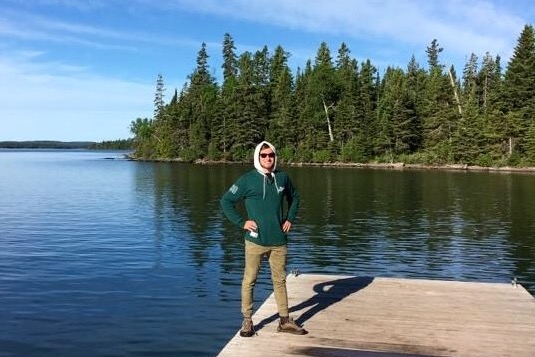
 that the challenges will be of a different order of magnitude. And these challenges aren’t the sort I can whiteknuckle through or wait out resiliently, if for no other reason than the simple duration of them. Two months is a long time to deal with something inconclusively. No, I think the upcoming trip or, more immediately, tomorrow’s departure is not just another way to leave home and see the world. It doesn’t come from the curious place in me or even the daring place in me, and I know this because this trip is actually unnerving me a little bit.
that the challenges will be of a different order of magnitude. And these challenges aren’t the sort I can whiteknuckle through or wait out resiliently, if for no other reason than the simple duration of them. Two months is a long time to deal with something inconclusively. No, I think the upcoming trip or, more immediately, tomorrow’s departure is not just another way to leave home and see the world. It doesn’t come from the curious place in me or even the daring place in me, and I know this because this trip is actually unnerving me a little bit. involved. The following is the most official description I can give you of said job, something I probably should’ve provided at the beginning, now that I think about it — I warned you about my beginning anxiety.
involved. The following is the most official description I can give you of said job, something I probably should’ve provided at the beginning, now that I think about it — I warned you about my beginning anxiety.